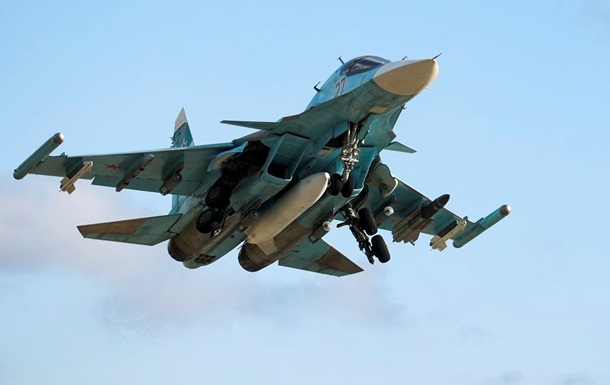In recent times, Russian Su fighters have experienced significant losses in Ukraine, primarily due to highly precise strikes from advanced, yet unidentified, weaponry. This trend deserves a closer look to understand the broader implications of aerial combat in the region.
Remarkable Achievements in Aerial Combat
Throughout a short period, the Ukrainian Air Force has showcased impressive tactical prowess. For instance, on one notable day, February 17, reports indicated that Ukrainian forces successfully downed three Russian aircraft, including two Su-34 fighter-bombers and a Su-35 fighter. Following this, the momentum continued, leading to the downing of additional aircraft, including another Su-34 on February 21 and two more by the month’s end. Each of these victories contributes to the narrative of a shifting balance in air dominance in the region.
Surprising Events on February 29
Perhaps the most striking moment occurred on February 29, a date that will be remembered not only for its rarity but also as a pivotal point in the ongoing conflict. As President Putin delivered a speech to the Federal Assembly, Ukrainian forces managed to shoot down three more Su fighters, further emphasizing Ukraine’s growing capability and resolve.
Ukraine’s Strategic Response
The spokesperson for the Ukrainian Air Force, Yuriy Ignat, emphasized that Ukraine possesses advanced weaponry capable of targeting enemy aircraft from considerable distances. He stated, «It’s time to recognize that flying over our airspace to terrorize civilians and launch strikes is futile. Many of the losses we inflict on enemy aviation result from our advanced weapons that can reach them across various ranges.» This assertion underscores a crucial tactical shift: enemies now face risks even before entering the direct conflict zone, which challenges their operational strategies.
Understanding the Data: A Shift in Aerial Warfare
- Recent statistics reveal that over 80% of reported aerial engagements have resulted in successful shootdowns thanks to better training and advanced technology employed by Ukrainian forces.
- Studies from military analysts indicate that modern air defense systems can effectively engage targets at ranges exceeding 100 kilometers, highlighting the evolution of aerial warfare.
As tensions continue and different strategies unfold, it is clear that the conflict represents more than a battle of arms; it is a complex interplay of technology, tactics, and national resolve. As both sides adapt, the dynamics of aerial engagement will likely shape the future landscape of this ongoing conflict.
In conclusion, the impressive performance of the Ukrainian Air Force against Russian aircraft not only highlights their growing effectiveness on the battlefield but also serves as a troubling reminder of the broader implications of high-stakes aerial combat. The unexpected surprises in aerial engagements signal a critical turning point, reinforcing the idea that air superiority is now more contested than ever.






